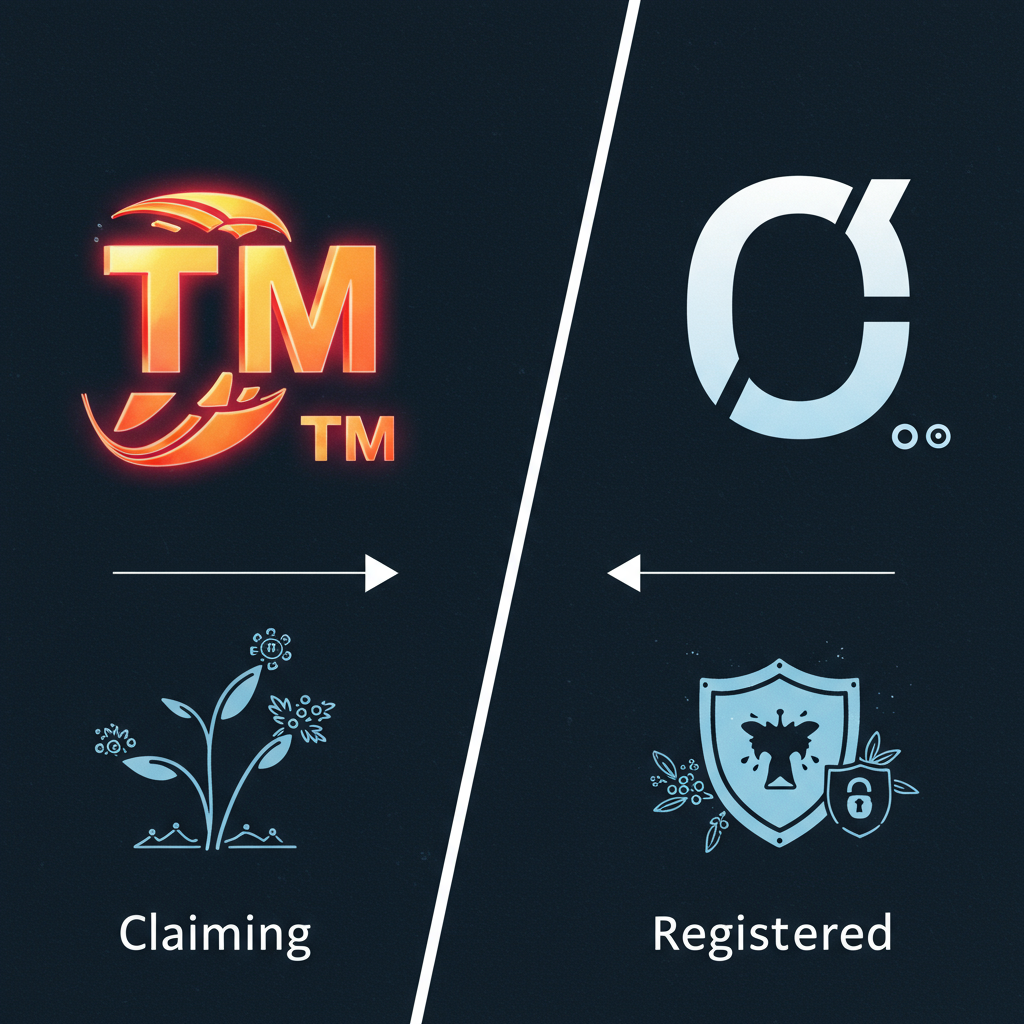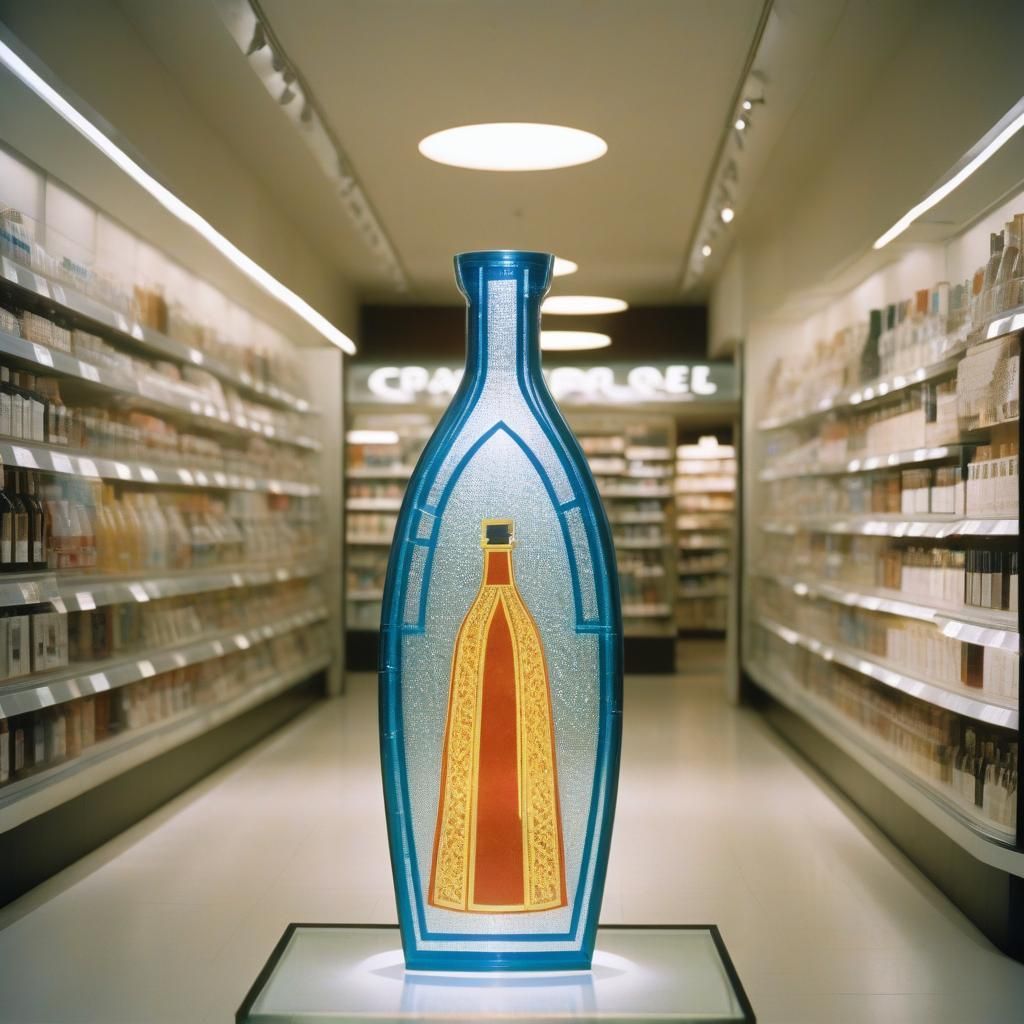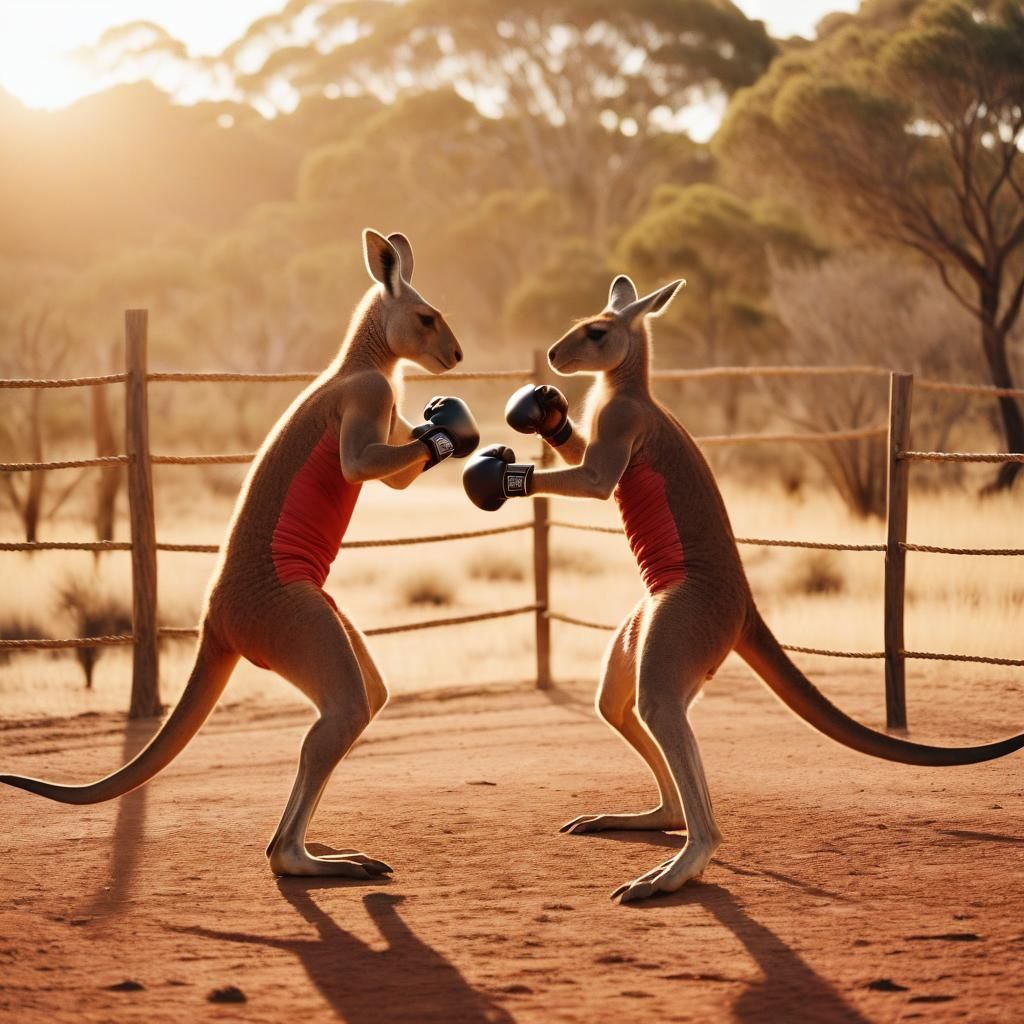™ vs. ®: Unpacking the Power of Trademark Symbols for Your Aussie Brand!
™ vs. ®: Unpacking the Power of Trademark Symbols for Your Aussie Brand!

Ever squinted at a logo or brand name and spotted those tiny little symbols – ™ or ®? They might look small, but these humble marks pack a mighty punch in the world of branding and legal protection. For any Australian business crafting its identity, knowing the difference between them isn't just trivia; it's crucial for building trust, warding off copycats, and ultimately, safeguarding your brand's future.
We’re about to dive into the nitty-gritty of ™ and ® symbols, explaining what each one means, when to use it, and why getting it right is as important as a perfect snag on the Barbie for your brand equity.
What Does the ™ Symbol Mean? Your Early Claim
The ™ symbol simply stands for "trademark". Think of it as a flag in the sand, a clear signal that you are claiming ownership over a particular brand name, logo, slogan, or design for your goods or services.
Here’s the kicker: you can use the ™ symbol without any formal registration. That's right! If you've just launched a new product line or a fresh brand name, you can slap a ™ on it to signal your intent to claim exclusive use. It's a fantastic move for businesses in the early stages of branding, before they've gone through the official registration process.
In Australia, using ™ offers limited protection, but it undeniably shows intent. It puts competitors on notice that you consider this mark yours and that you intend to defend it. While it doesn't grant you the same legal firepower as a registered trademark, it can certainly act as a deterrent.
What Does the ® Symbol Mean? The Legal Crown Jewel
Now, for the big gun: the ® symbol stands for "registered trademark". This is the gold standard of brand protection.
Crucially, you can only use the ® symbol after your trademark registration is granted by IP Australia. This means your brand name, logo, or slogan has gone through the rigorous examination process and is officially recorded on the Australian Trade Mark Register.
The ® symbol isn't just for show. It indicates that you have legal protection under the Trade Marks Act 1995 (Cth). This powerful status gives you the exclusive rights to use that mark for the goods and services for which it's registered within your specified class (or classes). It means you can legally stop others from using a confusingly similar mark for similar offerings. That’s a serious superpower!
Legal Consequences: Don't Fumble the Symbols in Australia!
This is where it gets serious, so listen up. In Australia, it is illegal to use the ® symbol if your trademark is not officially registered with IP Australia for the specific goods or services it's attached to. It’s misleading the public, plain and simple.
Misusing the ® symbol can result in fines and penalties under the Competition and Consumer Act, which is administered by the ACCC (Australian Competition and Consumer Commission). They don't take kindly to businesses falsely claiming registered rights.
On the flip side, using ™ is not legally binding in the same way, and it's not restricted. You can use it freely to indicate your claim to an unregistered mark without legal repercussions, as long as you're not falsely claiming registered status.
When and Where to Use ™ and ®: Your Brand's Best Etiquette
Knowing when to use each symbol is key, but so is where to put it.
You'll typically see these symbols displayed prominently on:
- Websites and online stores
- Packaging and product labels
- Advertising and marketing materials
- Business signage and stationery
Positioning: The general rule of thumb is to place the symbol in the upper right corner of the brand name or logo, slightly superscripted (e.g., BrandName™ or BrandLogo®).
When to use which:
- ™: Use this little mate while you're waiting for your trademark application to be approved by IP Australia, or if you simply want to stake your claim to an unregistered mark. It shows you mean business.
- ®: Once your trademark is officially recorded on the Australian Trade Mark Register, you've earned the right to swap out that ™ for the mighty ®! Flaunt it with pride.
Strategic Branding Considerations: Boosting Your Brand's Cred
These symbols are more than just legal indicators; they're smart branding tools.
- Why using ™ can be a deterrent to competitors: Even without full registration, the ™ signals to potential copycats that you are actively asserting your rights. It can make them think twice before trying to rip off your brand.
- How ® adds credibility and increases consumer trust: When customers see the ® symbol, they know they’re dealing with a legitimate, protected brand. It instantly conveys a sense of professionalism, stability, and authenticity, building greater confidence in your product or service.
- How each symbol enhances perceived brand value and professionalism: A brand that clearly asserts its trademark rights is seen as more serious, established, and valuable. This professionalism can attract better business partners, investors, and, of course, more loyal customers.
Differences Between Australia and Other Countries: A Global View
While the general concept of ™ and ® is somewhat universal, remember that trademark law is territorial. This means a trademark registered in Australia only grants you exclusive rights within Australia.
- In the U.S., the ™ and ® symbols have very similar meanings and usage rules to Australia.
- In the UK and EU, similar registration restrictions apply – you can only use the ® once registered with their respective IP offices (UKIPO or EUIPO).
The key takeaway? If you plan to expand your business overseas, you'll need to register your trademark in each country where protection is needed to legitimately use the ® symbol there.
How to Register a Trademark and Earn the ® Symbol in Australia: Your Path to Power!
Ready to get your brand its official badge of honour? Here’s a quick overview of the path to earning that coveted ® symbol in Australia:
- Preparation: Do a thorough search on IP Australia's database to ensure your mark is distinctive and doesn't conflict with existing registrations.
- Application: Submit your application through IP Australia's online portal. You'll need to specify your mark, the goods/services it covers, and the relevant trademark classes.
- Examination: IP Australia's examiners will review your application to ensure it meets all legal requirements.
- Acceptance & Opposition: If accepted, your application is advertised for a period where others can oppose it.
- Registration: If there are no successful oppositions, your trademark will be registered, and you'll receive a shiny certificate. Congrats – you've earned your ®!
Be aware of costs, timelines, and common pitfalls (like choosing generic terms or the wrong classes). It's a process that requires attention to detail.
What happens after registration? You'll need to actively maintain and enforce your rights. This means using your mark correctly, monitoring for infringement, and renewing your registration every 10 years.
How Symbols Affect Online Branding & SEO: The Digital Edge
In our digital world, displaying ™ or ® isn't just for packaging; it’s crucial for your online presence:
- Metadata & Listings: Including your chosen symbol in your website’s metadata, product listings on e-commerce sites (like Amazon or eBay), and brand pages sends a clear signal of legitimacy.
- Legal Protection Against Impersonation: Having a registered trademark (and using the ®) provides a powerful legal basis to combat impersonation on social media platforms and marketplaces. If someone's trying to pass off as your brand, you have legal grounds to get them shut down.
- Enhancing CTR (click-through rates) via trusted branding: When consumers see a well-protected brand, they subconsciously associate it with quality and reliability. This can subtly enhance click-through rates on search results and ads, as your brand appears more credible and trustworthy.
Conclusion: Use Your Symbols Wisely, Aussie Brands!
Understanding and correctly using the ™ and ® symbols is a non-negotiable for any Australian business serious about building a strong, lasting brand. The ™ is your early warning sign, while the ® is your legal declaration of ownership and protection.
Don't leave your brand's future to chance. Register and protect your brand through IP Australia. It’s an investment that pays dividends in credibility, consumer trust, and the invaluable peace of mind that your hard-earned brand identity is legally watertight. Get it sorted, and let your brand shine with confidence!











